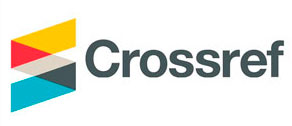Markers and factors of social integration: an instrumental potential of tourism in the socio-philosophical dimension
Abstract
The search for new approaches to the social structure of Europe in the last quarter of the XX century, due
to an increase in the distance between the interests of social groups, economic inequality, the tendencies of disintegration
of society and the alienation of man, led to active searches for the foundations of social cohesion. The central concept
of a new approach to social structure is social integration, the purpose of which is to create a "society for everybody",
in which each individual, with his rights and responsibilities, plays an active role. The process of integration represents
an association into a single whole of the disparate parts and elements of the system based on their interdependence and
complementarity. In fact, social integration serves as the initial stage of social cohesion, which determines its societal value.
The ideology of "social cohesion" focuses on the creation of workable mechanisms of social justice, social inclusion
and trust. For the creation and implementation of such mechanisms (and most importantly - for their effectiveness),
"cohesion" must act not only as the ideological basis and the basic intention of the project, but also its main method, since
it requires its own cohesion and well-adjusted interaction of all social institutions: cultural (first of all, science education and
churches), political, economic, etc. - around the integrative idea, as well as the sequence in the broadest possible
introduction of fundamental ideas in all spheres of social life, engagement in projects of hiring the circle of participants,
the consciousness of the significance of a concrete social action and their own social responsibility.
The proposed article explores the instrumental potential of tourism as a leader in the ideology of social
cohesion in socio-philosophical dimension.


